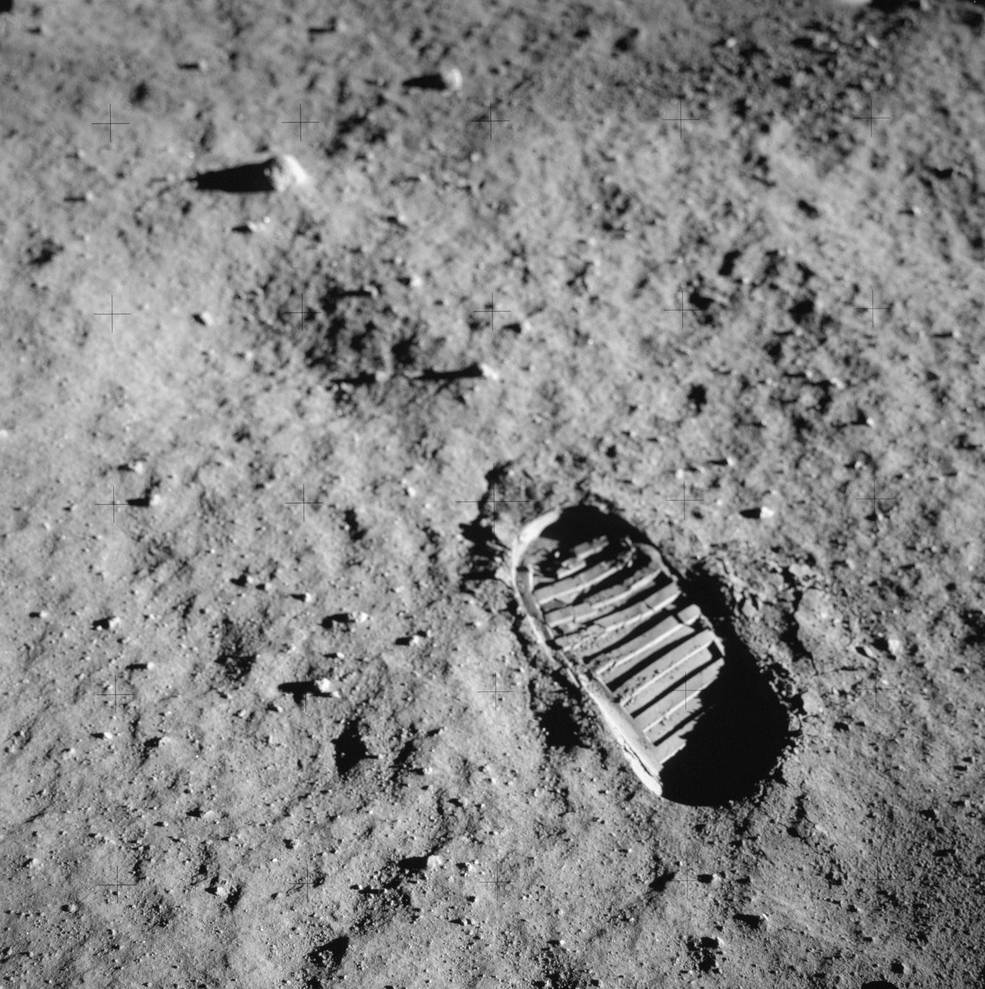Discover the next frontier in lunar exploration with NASA’s Artemis II mission, a groundbreaking journey that will take astronauts to the Moon for the first time in over 50 years. This historic mission is an essential stepping stone towards establishing a permanent human presence on the lunar surface, and will serve as a crucial test of Orion, the cutting-edge spacecraft designed to shuttle astronauts to and from the Moon.
Key features of the Artemis II mission include a diverse crew of four astronauts, hailing from NASA and the Canadian Space Agency (CSA), making it a truly international endeavor. The spacecraft will be powered by a 32-story mega moon rocket, producing a staggering 8.8 million pounds of thrust for a seamless journey into deep space. Artemis II also marks the first time in history that a woman and a person of color will venture into deep space, highlighting the significant cultural shifts within NASA and the space exploration community.
The Artemis II mission’s ease of use and streamlined design ensures a smooth learning curve for the astronauts on board, thanks to Orion’s advanced technology and the expertise of the Houston-based mission control team. While there won’t be any lunar landings during this particular mission, it serves as a crucial precursor to Artemis III, which aims to return astronauts to the Moon’s surface.
Although Artemis II is the focus, it’s just one part of the broader Artemis Program, which encompasses multiple missions and spacecraft, all with the goal of advancing human space exploration and paving the way for future journeys to Mars.



